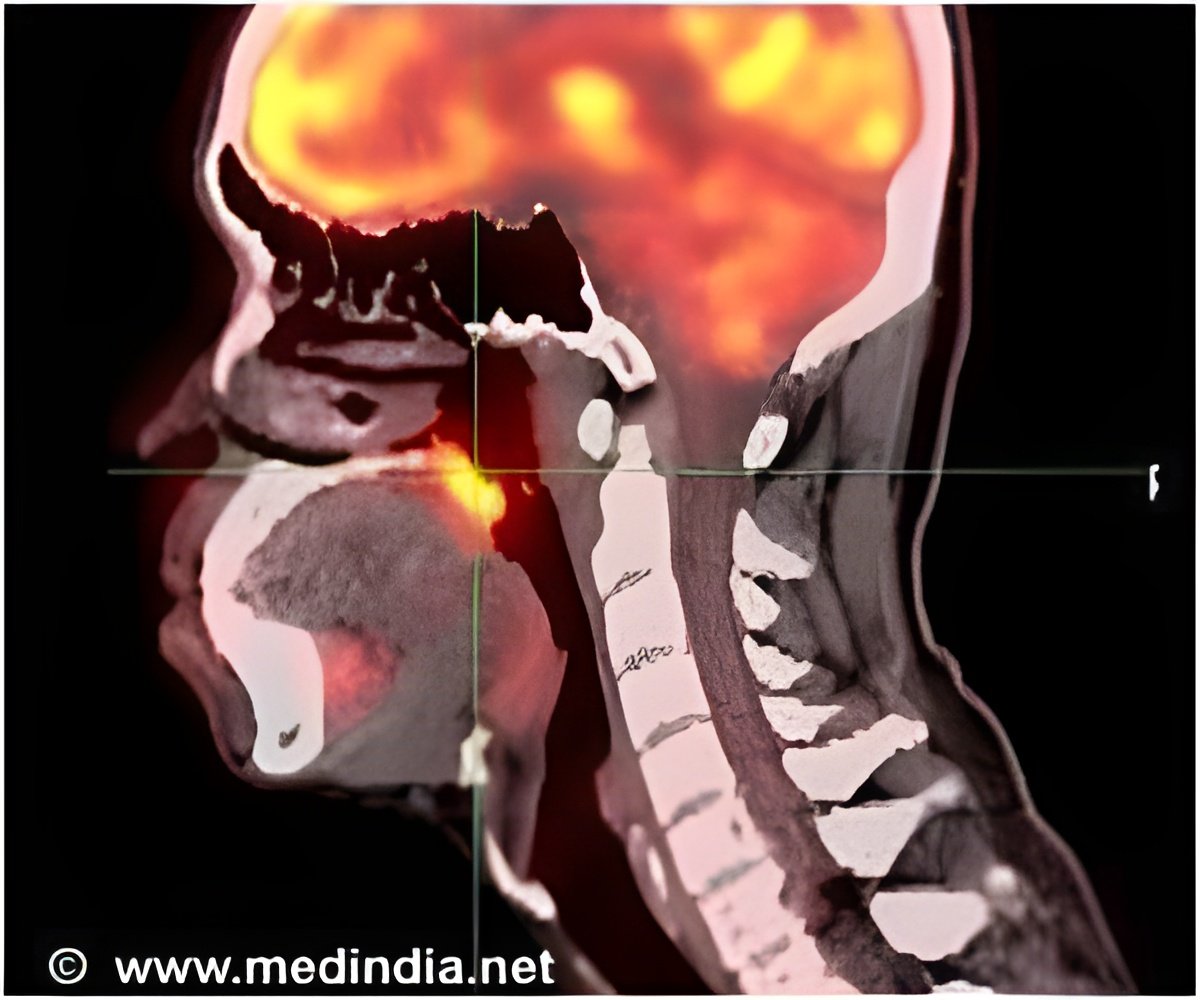
- The vomeronasal organ (VNO) is present in about one-third of adults and is more common in children
- It is believed to play a role in detecting pheromones and may influence sexual behavior
- The exact function of the VNO remains controversial after 300 years of research
Humans have an accessory olfactory organ called a vomeronasal organ (VNO). It is also known as Jacobson’s organ and is located between our nostrils’ wall.
The VNO has esthesiocytes, specialized olfactory cells that act as motor neurons to carry pheromones detected by the organ. Pheromones are the chemical signals used by animals to communicate and search for their mates. Esthesiocytes also produce gonadotropin-releasing hormone (1✔ ✔Trusted Source
The Human Vomeronasal (Jacobson’s) Organ: A Short Review of Current Conceptions, With an English Translation of Potiquet’s Original Text
).
Advertisement
Discovery of the Vomeronasal Organ
Fredrick Ruysh, a Dutch anatomist was the first to discover the VNO while dissecting a deceased two-year-old male cadaver. However, Ruysh did not prove it with any evidence.
The vomeronasal organ is still known by the name of a Danish anatomist, Ludwin Jacobson. Jacobson’s contribution was often misquoted by other researchers because his publication in 1813 was not very accessible.
The title of his paper was “Anatomical Description of a New Organ in the Nose of Domesticated Animals” which clearly describes the VNO in animals. However, he did not discover the vomeronasal organ in humans, nor deny its existence.
It is evident that VNO is found in animals, however, subsequent researchers questioned its presence in humans. In his paper, he mentioned that the VNO becomes very small in monkeys, so it may disappear in humans.
Advertisement
Presence of the Vomeronasal Organ (VNO) in Humans
Various studies from different countries, including Bulgaria, Canada, Egypt, France, Mexico, and The USA, have found that the vomeronasal organ is present in about one-third of adults. It was observed on the left side of the nasal septum.
However, it is more common in children, with some studies having found it in over two-thirds of young people, often on both sides of the nose. Researchers also say that all newborn babies have the organ on both sides of their nasal septum.
Advertisement
Do Changes in the Vomeronasal Organ (VNO) Affect Sexual Behavior?
Researches were done on humans using the electrovomeronasogram to prove that VNO has a receptor function. On the contrary, there is also genetical evidence claiming that genes coding for the VNO receptor proteins and ion channels involved in the transduction process are mutated or lost their function in humans.
Rhinologists (nose specialists) claim that surgery in Jacobson’s pit (where the vomeronasal organ is located) can affect the sexual behavior of a person. This claim is supported by research showing that certain nerve cells in Jacobson’s pit release gonadotrophin-releasing hormone (GnRH) when the VNO is disturbed. GnRH is important in regulating sexual behavior and functions.
Ongoing Research and Controversies of Vomeronasal Organ (VNO)
Cranial nerve N connected to VNO is an ongoing controversy about the Jacobson’s organ. These nerves are generally found non-primates but their structure and function in humans are not studied.
Recent research has found that the vomeronasal organ (accessory olfactory system) may play a role in the development and treatment of post-traumatic stress disorder.
Ectopic esthesioneuroblastoma is a rare malignant tumor that develops in the olfactory neuroepithelial cells present in the lamina cribrosa, the upper part of the nasal septum, and the superior nasal concha. However, it was reported that it developed in the Jacobson’s duct which is devoid of esthesioblasts. Jacobson’s duct is connected to the VNO. This finding suggests that VNO has a function in the olfactory system.
There is a hypothesis stating that the vomer bone, a part of the skull that forms the nasal septum) can develop into air-filled spaces by pneumatization. It is also believed that a “pumping” action in the nose might create these spaces and eventually lead to the formation of a vomeronasal duct.
The structure and function of the vomeronasal organ in humans remains a controversial debate even after 300 years.
Reference:
- The Human Vomeronasal (Jacobson’s) Organ: A Short Review of Current Conceptions, With an English Translation of Potiquet’s Original Text – (https://www.ncbi.nlm.nih.gov/pmc/articles/PMC6050168/)
Source-Medindia



